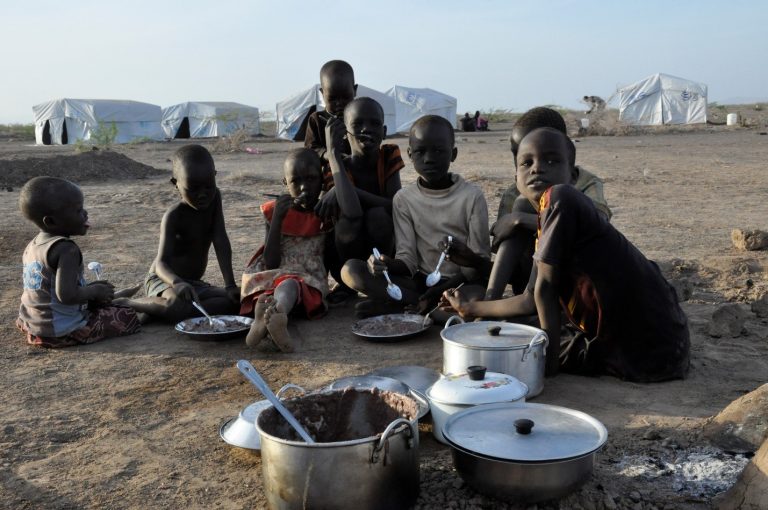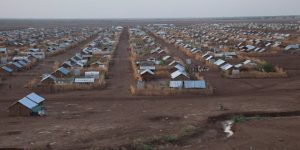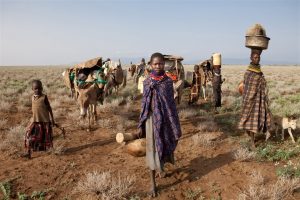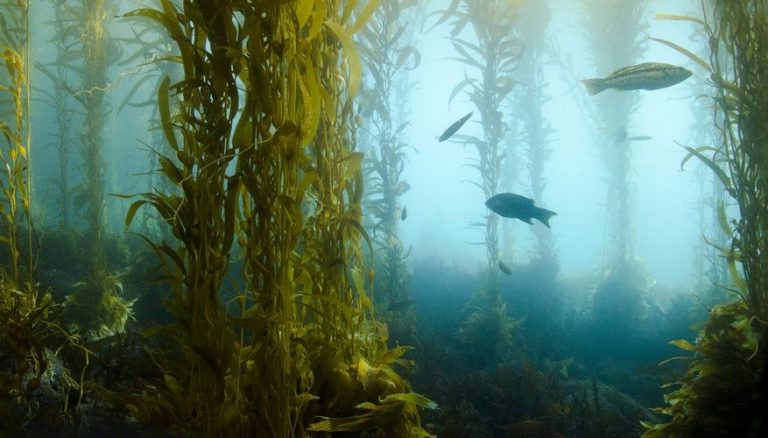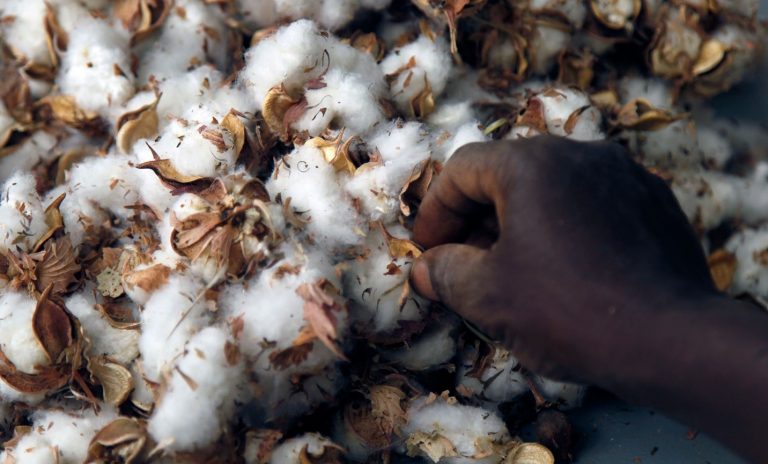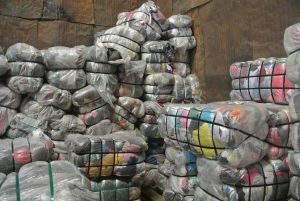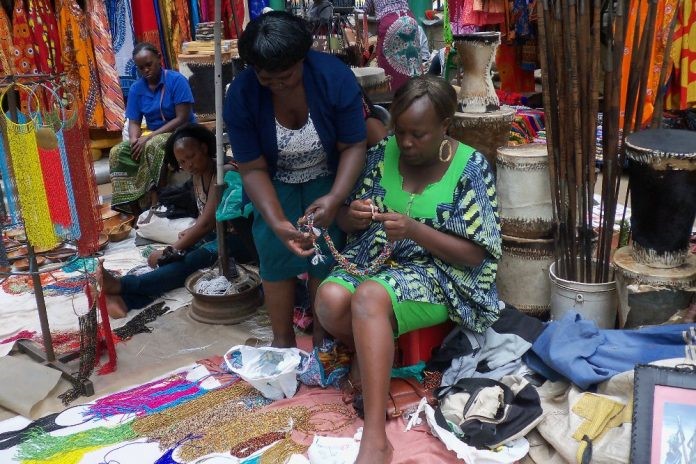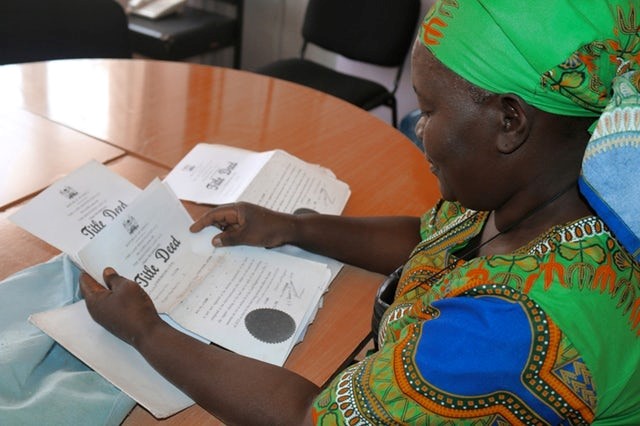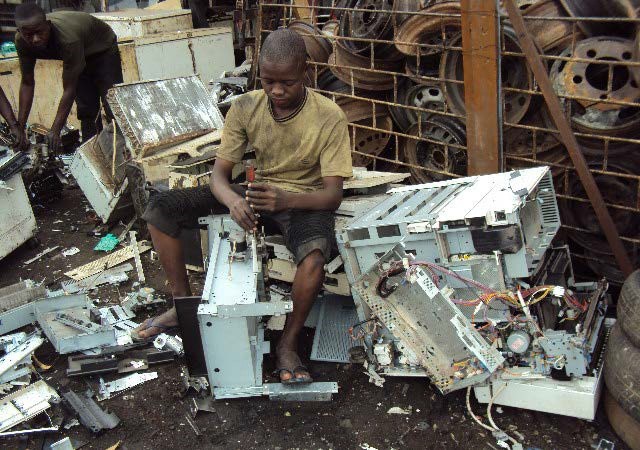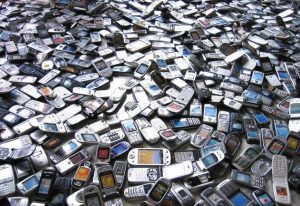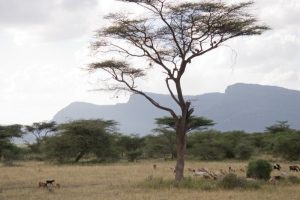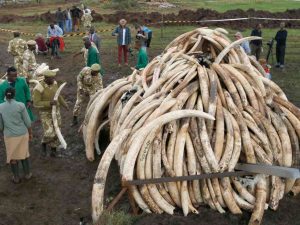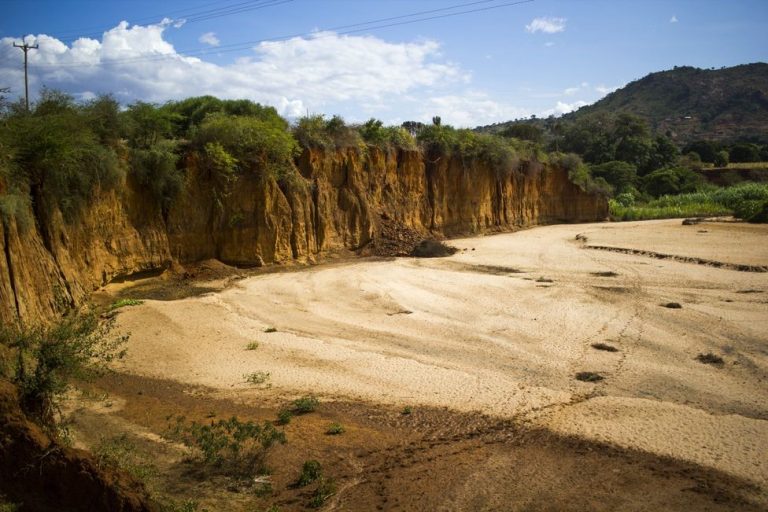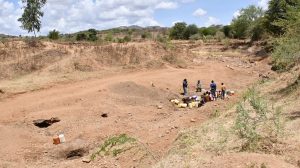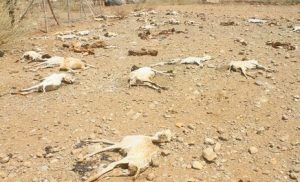22nd March 2019, marked the World Water Day with the theme ‘Leaving no one behind’. This was adopted as a step towards realizing the 2030 Agenda for Sustainable Development: as sustainable development progresses, everyone must benefit. Sustainable Development Goal 6 (SDG 6) includes a target to ensure availability and sustainable management of water for all by 2030- therefore no one should be left behind.
The Irony
According to a report by the United Nations, billions of people today are still leaving without safe water- their households, schools, workplaces, farms, and factories are struggling to survive and thrive. Marginalized groups- women, children, refugees, indigenous people, and many others- are often overlooked and sometimes face discrimination, as they try to access and manage the safe water they need. Women and children, who are the collectors of water have to travel for long distances to access water at least for drinking. This takes up much of their time that could be utilized in economic growth.
Water should be safe for drinking and accessible to all. It is should be free from pollution and contamination. Drinking water keeps us healthy. We can never imagine just by increasing our water intake, we gain tremendous health benefits, and sometimes we can even throw away our migraine medicine or pain killer.
Whoever you are, wherever you are, water is your human right. Access to water underpins public health and is therefore critical to sustainable development and a stable and prosperous world. We cannot move forward as a global society while so many people are living without safe water.
In 2010, the UN recognized the right to safe and clean drinking water and sanitation as a human right that is essential for the full enjoyment of life and all human rights. The human right to water entitles everyone, without discrimination, to sufficient, safe, acceptable, physically and affordable water for personal and domestic use; which includes water for drinking, personal sanitation, washing of clothes, food preparation and personal and household hygiene.
What we do not know.
As much as water is a human right that every individual need to have access to, 2.1 billion people live without safe water at home. In Kenya for instance, people in the Northern part of the country-Turkana, Marsabit, Wajir- suffer severe drought each year. Although the UN declared the country water scarce, these areas suffer the most impacts.
One in four primary schools has no drinking water service with pupils using unprotected sources or going thirsty. Education is one of the key tools for breaking the cycle of poverty and yet over half of the world’s schools lack access to safe water and sanitation. Lack of clean water has serious effects on students’ academic performance and attendance rates.
A report by the World Health Organization (WHO) indicates that more than 700 children under five years of age die every day from diarrhea linked to unsafe water and poor sanitation. The poor and marginalized communities in Africa have been most affected by the burden of diseases associated with poor sanitation.
Globally, 80 percent of the people who have to use unsafe and unprotected water sources live in rural areas. Rural areas have poor access to readily accessible drinking water. Availability of water in these areas, however, suffer the risks of contamination due to several factors. Improper maintenance of water sanitation facilities is high in rural areas due to limited financial resources.
Women and girls are responsible for water collection in eight out of ten households with water off premises. They lose a lot of hours carrying most of the world’s water. Collecting water takes time. Atypical African set up has put this responsibility on girls and women which a representation of lost opportunities for women’s employment, education, leisure, and sleep.
Around 159 million people collect their drinking water from surface water, such as ponds and streams. These sources are polluted and the water is mostly contaminated posing a risk to their health. Most of them get sick and spent a lot of financial costs at healthcare facilities while depreciating their economic value.
Around 4 billion people- nearly two-thirds of the world’s population- experience severe water scarcity at least one month of the year. These pose a severe health threat. The world faces an unprecedented crisis in water resources management, with profound implications for global food security, protection of human health, and maintenance of all ecosystems on Earth. Increased efforts will be needed to plan and manage water supplies in the future, through increased monitoring and understanding of the interrelationships between population size, climate change, and water availability in order to bring about water security.





